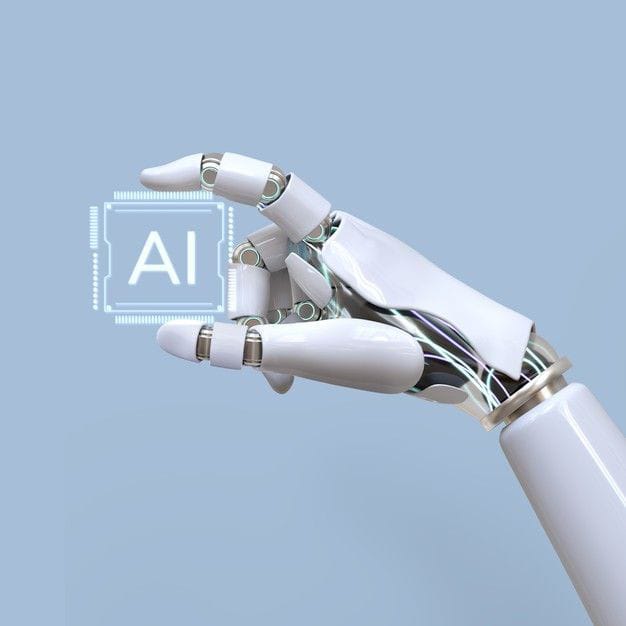Why Cybersecurity Matters in 2025 and Beyond

As we step into 2025 , the digital world continues to evolve at a rapid pace, shaping everything from the way we work and communicate to how we manage our health and finances. While these technological advancements bring numerous benefits, they also introduce new risks. With our increasing reliance on digital systems, the importance of cybersecurity has never been more pressing. Here’s why it’s essential to prioritize cybersecurity now and in the years ahead. 1. The Growing Threat of Cyberattacks Over the past few years, cyberattacks have become more frequent and more sophisticated. Ransomware, data breaches, and advanced persistent threats (APTs) are just a few examples of the growing risk businesses and individuals face. As technologies like the Internet of Things (IoT), 5G networks, and artificial intelligence (AI) expand, they create new vulnerabilities that cybercriminals can exploit. AI itself is being used to launch more automated and harder-to-detect attacks, making the landsca...


